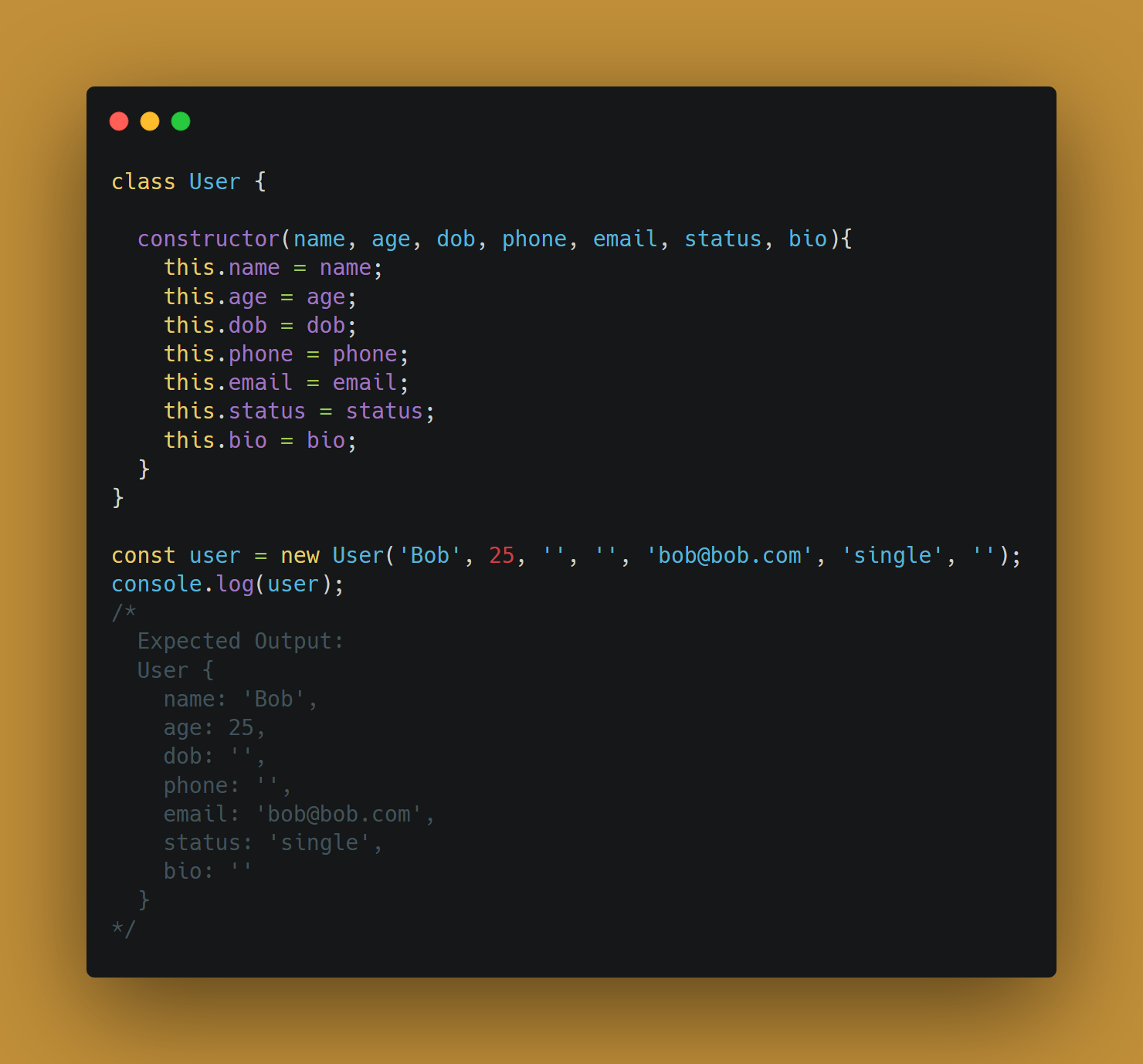the builder pattern is a_ creational_ design pattern that’s used when you need to construct complex objects that can take many optional and required parameters to create a single object. Using this pattern we can separate the construction of complex objects from their representation so that we can use the same construction process over and over to create different representations.
Examples of Complex Objects
Let’s take creating a User object as an example. Now, a User can have many optional fields such as name, age, date of birth, address, email, permissions, etc… which makes it a complex object to create for different users because not every user will have all of this information associated with them.
Or another example is that you’re ordering a new custom PC. You’ll need to specify how much RAM you want, how much storage, the type of storage, what graphics card it should have, what kind of cooling system, etc… These specifications would be different for everyone that orders a new custom PC which makes this a complex object to build as well.
As stated earlier, the builder pattern will allow us to separate the construction of these objects from their representation. In the following sections, we’ll see how we can create these complex objects in a way that’s easily reusable and allows us to write clean and readable code.
Examples
Let’s take a look at a couple of examples and look at the usefulness of the builder pattern. In this section, we’ll be looking at and discussing how you would approach building complex objects without the builder pattern, and then we’ll take a look at how you’d do the same with the pattern.
Without the Builder Pattern

Example of constructing a complex object without the builder design pattern in JavaScript
The example above probably looks like something you’ve seen in the past. You have a simple class and you pass in parameters to the constructor to create the object. There’s nothing wrong with doing it this way but as you can see it’s pretty hard to guess what the third, fourth, and last parameters are supposed to be. Sure, you can look at the parameters that the constructor takes but in a large project you probably wouldn’t be constructing the object in the same file.
Just imagine if the User had 20 or more fields that could be set. Without using the builder pattern we’d have to pass in empty strings '' or undefined for all of the values that the user didn’t provide. That would get messy and confusing really fast.
This example is with just one user though. What if you needed to create a few different users, different representations of users, each with their own set of different properties. In that case, you’d need to remember all of the parameters or go back and forth to see which value corresponds to which parameter.
Lets now take a look at how the Builder Pattern helps in solving this problem.
#web-development #design-patterns #javascript #javascript-tips #javascript-development